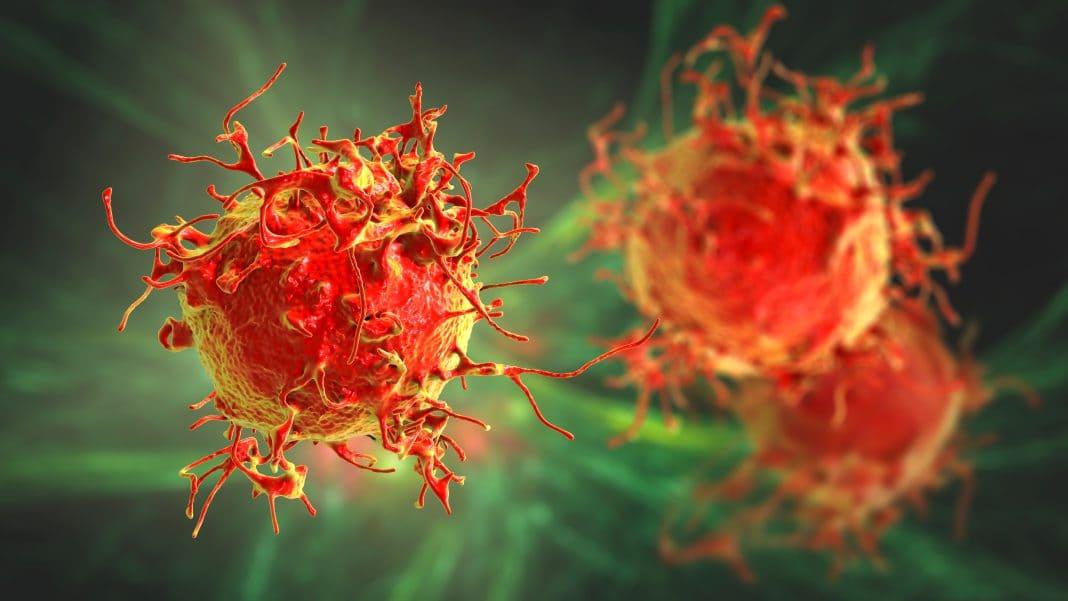KEY TAKEAWAYS
- The study aimed to identify risk factors for RFGT after mastectomy.
- Researchers found key risk factors for RFGT and stressed avoiding major skin envelope reductions to prevent complications.
Residual fibroglandular breast tissue (RFGT) following a mastectomy is linked to the persistence of occult breast cancer at the time of surgery and an increased risk of local recurrence. Despite its significant oncologic implications, there is a lack of data on preventative measures for RFGT.
Therefore, understanding the risk factors associated with RFGT is crucial for identifying patients at higher risk and potentially adapting surgical approaches to prevent RFGT.
Deutschmann Christine and the team aimed to assess the risk factors for RFGT to improve patient management and surgical strategies.
They performed an inclusive analysis by conducting a systematic literature review in PubMed using the MESH terms [RFGT], [residual breast tissue], [mastectomy], and [risk factor]. This was followed by a retrospective data analysis of patients who underwent mastectomy at the Department of Obstetrics and Gynecology of the Medical University of Vienna, Austria, between January 1, 2015, and February 26, 2020, to identify risk factors for RFGT.
The primary aim was to assess potential differences in RFGT volume between various types of mastectomy. Secondary objectives included identifying additional risk factors for RFGT and comparing pre- to postoperative skin and subcutaneous fat tissue thickness.
About significantly higher RFGT volumes were observed following a nipple-sparing mastectomy (NSM) compared to a skin-sparing mastectomy (SSM) and radical mastectomy (RME) (P < .001). Additionally, RFGT volume was significantly associated with variables including reconstruction (P = .012), acellular dermal matrix (ADM) or mesh (P = .031), patient age (P = .022), preoperative fibroglandular tissue (FGT) volume (P = .012), and preoperative whole breast volume (including the skin envelope and nipple-areola complex) (P = .030).
The reduction in postoperative compared to preoperative skin envelope thickness, measured medially and laterally, reached statistical significance in the NSM cohort (medial P < .001, lateral P = .001) and showed a numerical difference in the RME and SSM cohorts.
The study concluded that mastectomy type, reconstruction, ADM or mesh, patient age, preoperative FGT volume, and whole breast volume were identified as risk factors for RFGT in univariable analysis. The observed reduction in postoperative compared to preoperative skin envelope thickness should be avoided due to the associated increase in risk for ischemic complications.
The study received no funds.
Source: https://pubmed.ncbi.nlm.nih.gov/39026150/
Christine D, Christian SF, Ricarda K, et al. (2024). “Risk factors for residual fibroglandular breast tissue following a mastectomy – an overview and retrospective cohort study.” BMC Cancer. 2024 Jul 18;24(1):856. doi: 10.1186/s12885-024-12491-4. PMID: 39026150; PMCID: PMC11256640.



